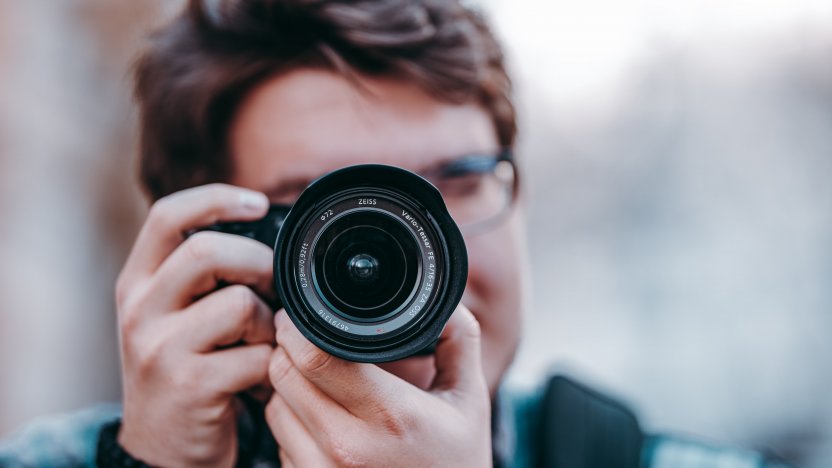Can you protect your image as a trademark?

It is common for celebrities, sportspeople and other well-known figures to register their names as trademarks, as registrations by big names such as Björn Borg and Cristiano Ronaldo illustrate. Registering your image as a trademark is a much rarer phenomenon. Koen de Winder examines ‘image rights’ in the context of a Dutch model’s attempt to register her portrait as a trademark.
For a trademark application to succeed, the sign in question must fulfil certain requirements for registration, including the need for it to be distinctive. Whether a word mark or a figurative mark (such as a logo), distinctive signs enable consumers to distinguish the goods or services in question from the goods or services of other companies without any risk of confusion. In theory, this protection also extends to portraits or photos of people, known as ‘image rights’.
The legal framework for image rights in the EU
Applications to register images as trademarks have been allowed in the past under the European trademark (EUTM) system. However, the question has recently arisen as to whether a person’s image can function as a valid trademark or, more specifically, whether such an image can meet the requirement of distinctiveness.
The Board of Appeal of the European Union Intellectual Property Office (EUIPO) recently answered that question in a ruling about an application for an image trademark.
A model application
 In October 2017, Dutch model Rozanne Verduin (through Rozanne Verduin Holding BV) applied to register her image as a figurative EUTM (see image, right) for services under class 35 (services of mannequins and photographic models for publicity or sales promotion) and class 41 (services of models and mannequins for recreational purposes).
In October 2017, Dutch model Rozanne Verduin (through Rozanne Verduin Holding BV) applied to register her image as a figurative EUTM (see image, right) for services under class 35 (services of mannequins and photographic models for publicity or sales promotion) and class 41 (services of models and mannequins for recreational purposes).
EUIPO refused the application in March 2018 on the grounds that the sign lacked distinctive character, leading Verduin to appeal the decision before EUIPO’s Board of Appeal.
In support, Verduin submitted a number of arguments, of which the most important were:
- Such a sign fulfils requirements for distinctive character because the human brain is programmed to recognise faces. Think, for instance, of the fact that you recognise people in the street whom you have seen before.
- The sign/image in question has distinctive character because of Verduin’s fame and success in Europe. In other words, Verduin’s image has acquired distinctiveness through prolonged and intensive use.
- In an earlier decision by the Board of Appeal, it was stated that: "The (passport) photo of a person's face is a unique representation of this person, with his/her specific external features. In addition to the surname and first name, the representation of the face in the form of a passport photograph serves to identify that person and, consequently, to distinguish him/her from other persons.”
In opposition, EUIPO’s Refusal Division argued that the applied-for mark was devoid of any distinctive character in respect of the services. In particular, it stated that the relevant public cannot deduce that the sign is an indication as to the commercial origin of services. The image, in its entirety, consists of nothing more than a true-to-life depiction of the head/face of a (young) woman. Although a photograph of a person's face is a unique representation, there is no special element or striking feature that confers distinctiveness on the sign. Uniqueness and distinctiveness are two different concepts according to the Division. It is true that every face is unique, but this does not mean that it can be taken as an indication of the commercial origin of goods or services.
The Board of Appeal’s ruling
In its decision of 19 May 2021, EUIPO’s Board of Appeal held that, although special or original features are not required for the distinctive character of a mark, the sign in question must enable the public to distinguish the services in question from those of other parties: "The mere fact that a photograph is a faithful representation of what is depicted does not mean that this representation cannot be understood as a trademark."
The Board considered that there is no doubt that the depiction of the face of a certain person, with its unique external features, can serve as a distinction from other people. This does not detract from the fact that there are many true-to-life images of faces imaginable. Each of these will be a unique representation, regardless of the existence of possible doubles. With regard to possible doubles, the Board considered that this argument can be used in every trademark application. How many words, patterns or pictures of animals exist? In this case, the relevant public will perceive the portrait as a means of identification of the services, with which the sign fulfils the essential function of a trademark.
On the basis of the above arguments, the appeal was deemed well-founded and the Board annulled the EUIPO’s earlier decision. This prevented a break from previous rulings that a person’s image can be registered as a trademark.
A vindication of image rights in the EU?
The Board’s conclusion that an image can fulfil requirements for distinctive character offers individuals the possibility to protect their portraits as trademarks in the EU, and thereby take action against third parties who use them without their permission.
For further information or specific advice on this topic, please speak to your Novagraaf attorney or contact us below.
Koen de Winder works in Novagraaf’s Competence Centre and is based in Amsterdam.